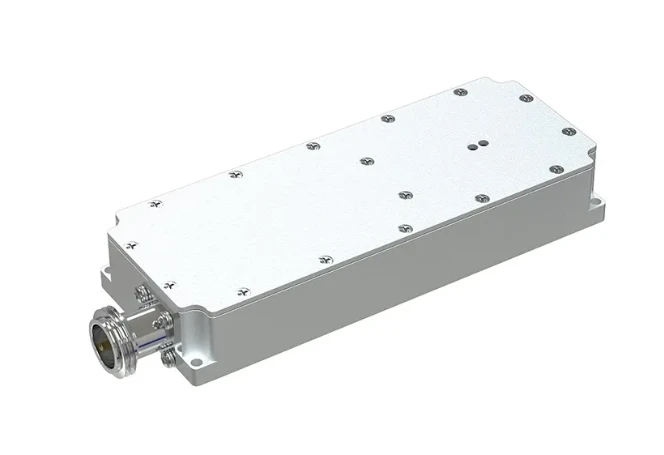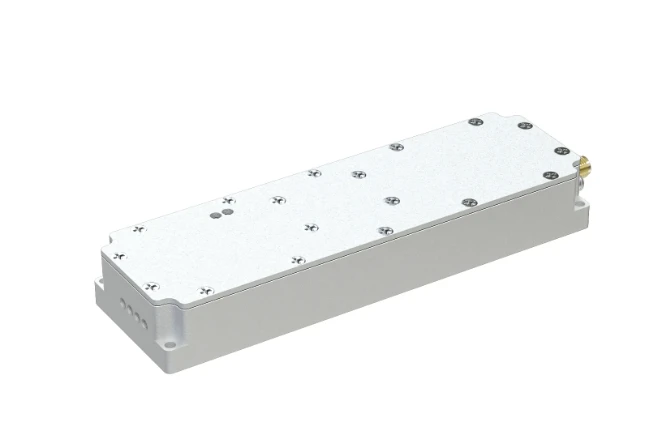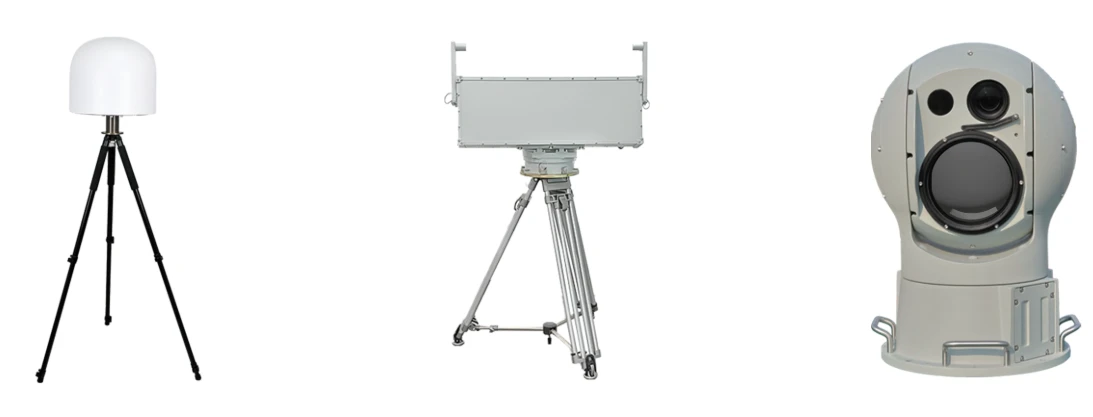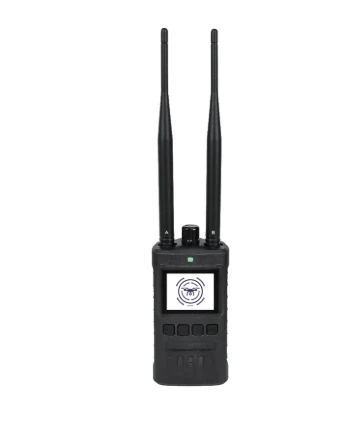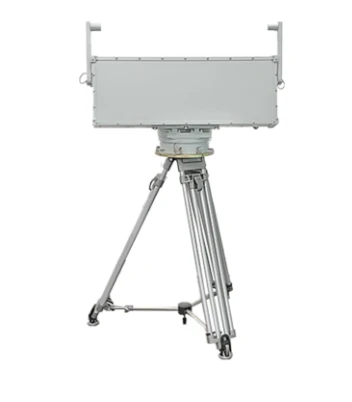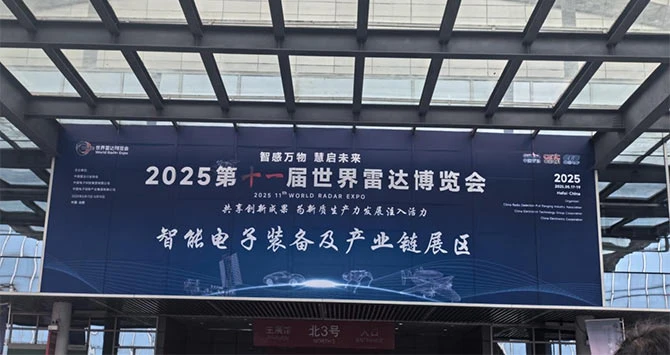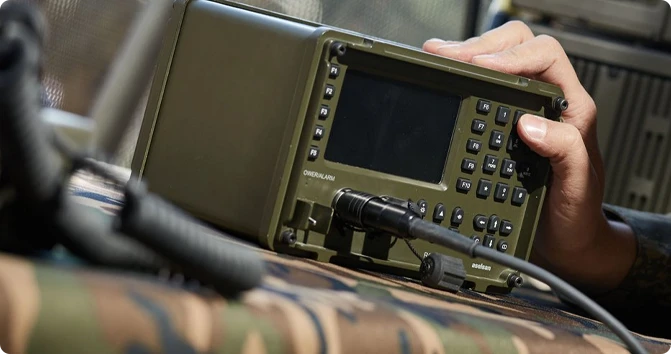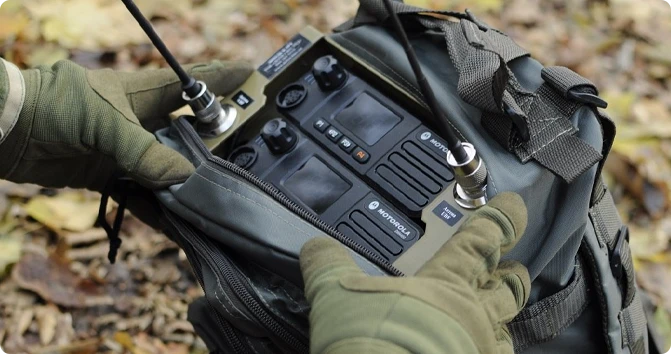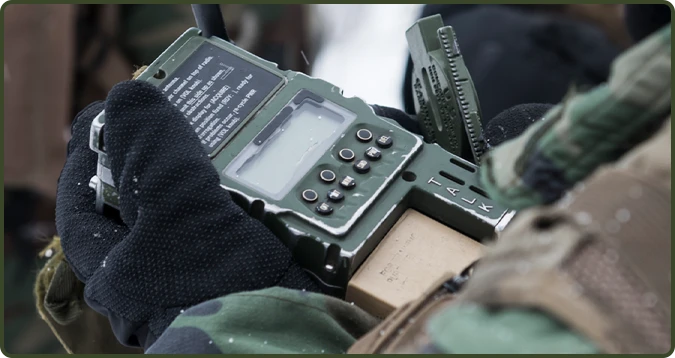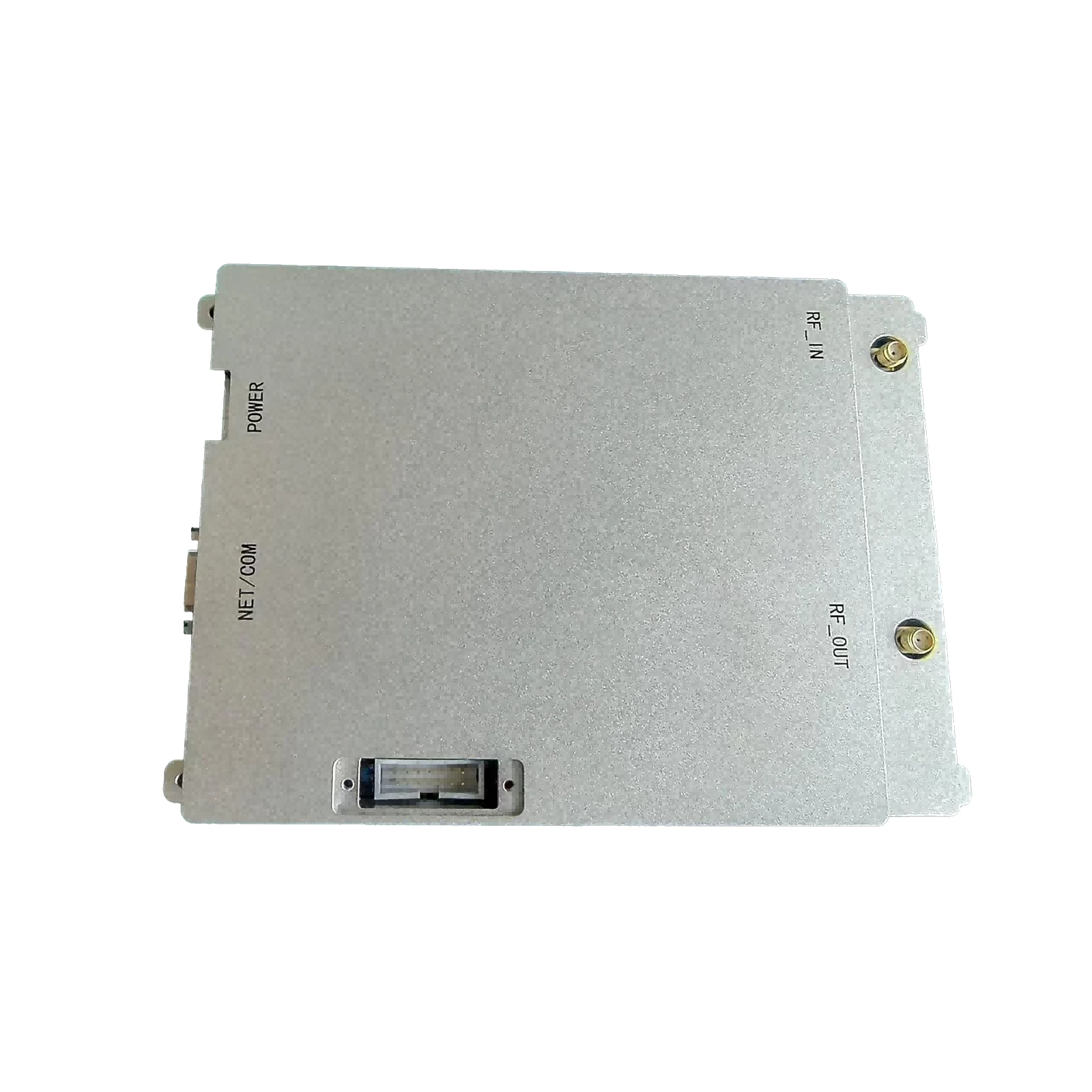Performance with Advanced Solid State Power Amplifiers
The evolution of modern electronic warfare has necessitated the development of highly efficient and reliable components, particularly in RF jamming systems. At the heart of these systems lies the solid state power amplifier (SSPA), a critical device that amplifies radio frequency signals to disrupt adversarial communications. Unlike traditional tube-based amplifiers, SSPAs leverage semiconductor technology to deliver compact, durable, and energy-efficient performance. This article explores how SSPAs, especially those utilizing RF GaN (Gallium Nitride) technology, revolutionize RF jamming capabilities, with a focus on real-world applications and the advantages of modern broadband RF amplifiers.
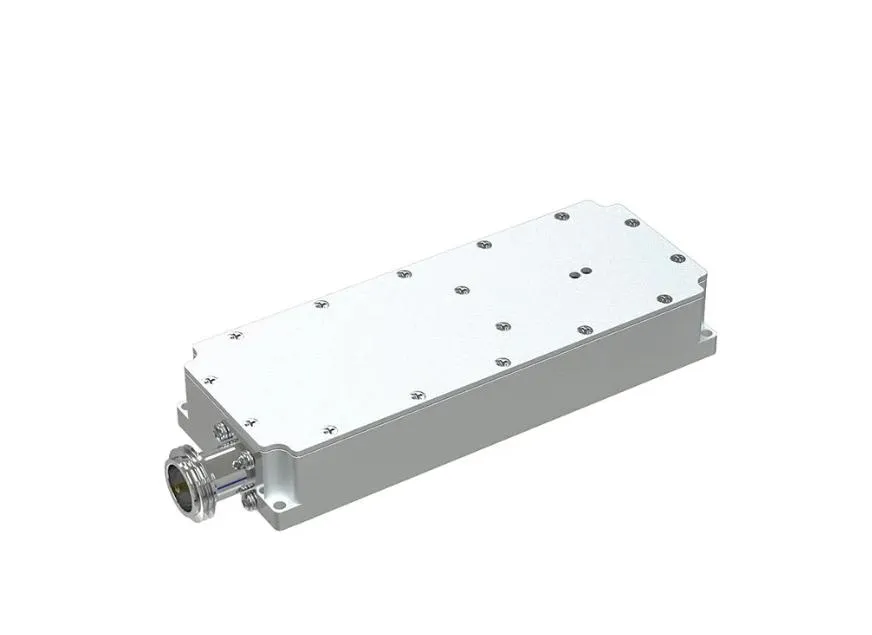
Solid State Power Amplifiers: The Backbone of Modern RF Jamming Systems
A solid state power amplifier is indispensable in RF jamming due to its ability to generate high-power signals across a wide frequency range. Traditional jamming systems often relied on bulky, fragile vacuum tube amplifiers, which were prone to overheating and required frequent maintenance. In contrast, SSPAs are designed for ruggedness and longevity, making them ideal for deployment in harsh environments. Their modular construction allows seamless integration into mobile or stationary jamming platforms, ensuring operational flexibility.
One of the standout features of SSPAs is their broadband RF amplifier capability. Unlike narrowband amplifiers, which operate within limited frequency ranges, broadband variants cover extensive spectra, enabling jamming systems to target multiple communication channels simultaneously. This is particularly valuable in scenarios where adversaries employ frequency-hopping techniques to evade detection. By leveraging GaN-based SSPAs, modern jamming systems achieve higher power density and thermal stability, ensuring consistent performance even under prolonged operation.
For instance, a 50W RF amplifier built with GaN technology can maintain efficiency levels of 50–55% while drawing minimal current. This efficiency reduces power consumption and heat generation, critical factors for covert military operations or civilian applications requiring discreet deployment. Additionally, the compact size of SSPAs allows engineers to design smaller, lighter jamming units without compromising output power—a game-changer for airborne or portable systems.
RF GaN Technology in RF Amplifier
The adoption of RF GaN technology in SSPAs has redefined the boundaries of RF jamming performance. GaN semiconductors excel in high-frequency, high-power applications, offering superior electron mobility compared to silicon or gallium arsenide. This translates to faster switching speeds and the ability to handle extreme voltage levels, making GaN-based amplifiers uniquely suited for disrupting modern communication systems.
In jamming applications, GaN’s thermal resilience ensures stable operation even when amplifying signals to their maximum capacity. For example, a broadband RF amplifier utilizing GaN can sustain high output power across a 2–6 GHz range without significant signal degradation. This reliability is crucial when countering advanced threats like drone swarms or encrypted military radios, where momentary lapses in jamming effectiveness could lead to mission failure.
Moreover, GaN’s energy efficiency aligns with the growing demand for greener electronic warfare solutions. By minimizing power waste, these amplifiers extend battery life in portable jamming kits and reduce the logistical burden of frequent recharging or refueling. This advantage is particularly pronounced in systems designed for long-range same-frequency interference (LORA), where sustained operation over vast areas is essential.
Optimizing Jamming Systems with Compact and Efficient RF Amplifiers
The push for miniaturization in defense and telecommunications has driven innovation in RF amplifier for sale designs. Modern SSPAs prioritize size reduction without sacrificing performance, enabling integration into drones, handheld devices, or vehicular platforms. A 50W RF amplifier with dimensions comparable to a smartphone exemplifies this trend, offering military and law enforcement agencies unprecedented mobility in counter-surveillance operations.
Efficiency is another cornerstone of contemporary SSPA design. Achieving 50–55% efficiency with minimal current draw ensures that jamming systems remain operational for extended periods, even in resource-constrained environments. This is achieved through advanced circuit topologies and thermal management techniques, such as embedded heat sinks or liquid cooling. For LORA interference sources, which require continuous transmission over hours or days, these efficiency gains are mission-critical.
Manufacturers have also diversified their product lines to address niche jamming needs. Three specialized LORA sources—designed for urban, maritime, and aerial environments—demonstrate how tailored SSPA configurations enhance adaptability. Urban-focused models might prioritize stealth and directional precision, while maritime variants incorporate corrosion-resistant materials to withstand saltwater exposure.
Solid State Power Amplifiers: The Future of RF Jamming
As threats evolve, so too must the tools to neutralize them. The next generation of solid state power amplifiers will likely emphasize modularity and software-defined functionality, allowing operators to reconfigure jamming parameters on the fly. Integration with AI-driven threat detection systems could enable autonomous jamming responses, reducing reaction times in high-stakes scenarios.
For businesses and governments seeking cutting-edge solutions, partnering with a trusted supplier of broadband RF amplifiers is essential. Our product line, engineered for reliability and performance, includes compact 50W amplifiers optimized for LORA interference and other advanced jamming applications. By prioritizing innovation and user needs, we ensure that our clients stay ahead in the electronic warfare landscape.
RF Amplifier for Sale: FAQs
What makes a solid state power amplifier better for RF jamming than traditional amplifiers?
Solid state power amplifiers (SSPAs) outperform traditional tube-based amplifiers in durability, energy efficiency, and size. They generate less heat, operate quietly, and are ideal for mobile deployments. Their broadband RF amplifier capabilities also allow jamming across multiple frequencies simultaneously.
How do I choose the right RF amplifier for my jamming needs?
Consider factors like operational environment, target frequency range, and power requirements. For portable systems, prioritize compact RF amplifiers for sale with high efficiency. If countering frequency-hopping threats, opt for broadband models.
Can a broadband RF amplifier work in urban areas without causing collateral interference?
Yes. Modern SSPAs include directional antennas and precision tuning features to focus jamming signals on specific targets. This minimizes unintended disruption to nearby communication networks.
What makes GaN a sustainable choice for RF amplifiers?
By achieving high efficiency with minimal energy waste, GaN reduces operational costs and environmental impact, aligning with global sustainability goals.
Where can I purchase reliable solid state power amplifiers?
Our company offers a range of RF amplifiers for sale, including compact 50W units and customizable LORA systems. Visit our website to explore products tailored for defense, telecommunications, and emergency response applications.
In an era where electronic dominance dictates success, investing in advanced solid state power amplifiers is no longer optional—it’s imperative. Explore our catalog today to equip your systems with the precision and power needed to stay ahead.
-
09 March 2021 07 Jul 2025
-
09 March 2021 07 Jul 2025
-
09 March 2021 07 Jul 2025
-
09 March 2021 07 Jul 2025
-
09 March 2021 07 Jul 2025
-
09 March 2021 21 May 2025
-
09 mars 2021 25 dec 2024
-
09 mars 2021 14 okt 2022
-
09 mars 2021 25 dec 2024



